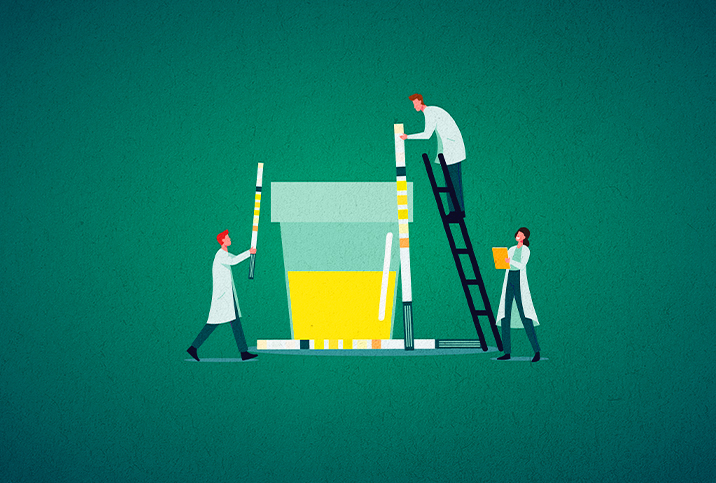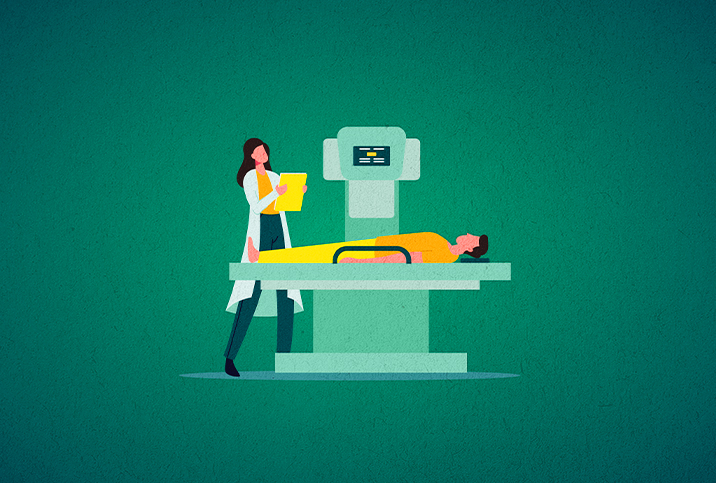Prostatectomy, the removal of the prostate gland and sometimes the surrounding lymph nodes, is a relatively common and safe procedure. The nerve-sparing version—in which the man's ability to get an erection may be preserved—was first developed in the early 1980s and has since been continuously improved.
The procedure has been developed to the point where almost all prostatectomies are performed robotically. Previously, the standard method was to make a long incision that extended from near the belly button down to the pubic bone, and have the surgeon and their assistant explore the area with their hands.
Today, the robotically assisted laparoscopic prostatectomy involves making a series of small incisions in the belly and inserting instruments and a camera, which are then operated from outside the man's body.
While a prostatectomy is a routine, low-risk procedure often performed on an outpatient basis, a recovery period should be anticipated. You're going to experience trauma whenever you have anything removed from your body, particularly a gland that is located deep inside the pelvis and is so closely tied to urinary and sexual function.
The two most common side effects of surgery are less-rigid erections and urinary incontinence: leakage of urine when you cough, laugh, lift something heavy or sneeze, said Petar Bajic, M.D., whose urology practice is affiliated with the Cleveland Clinic.
"For the vast majority of men, these two issues—if they experience them—are short-lived and generally improve very quickly after the procedure," he said.













